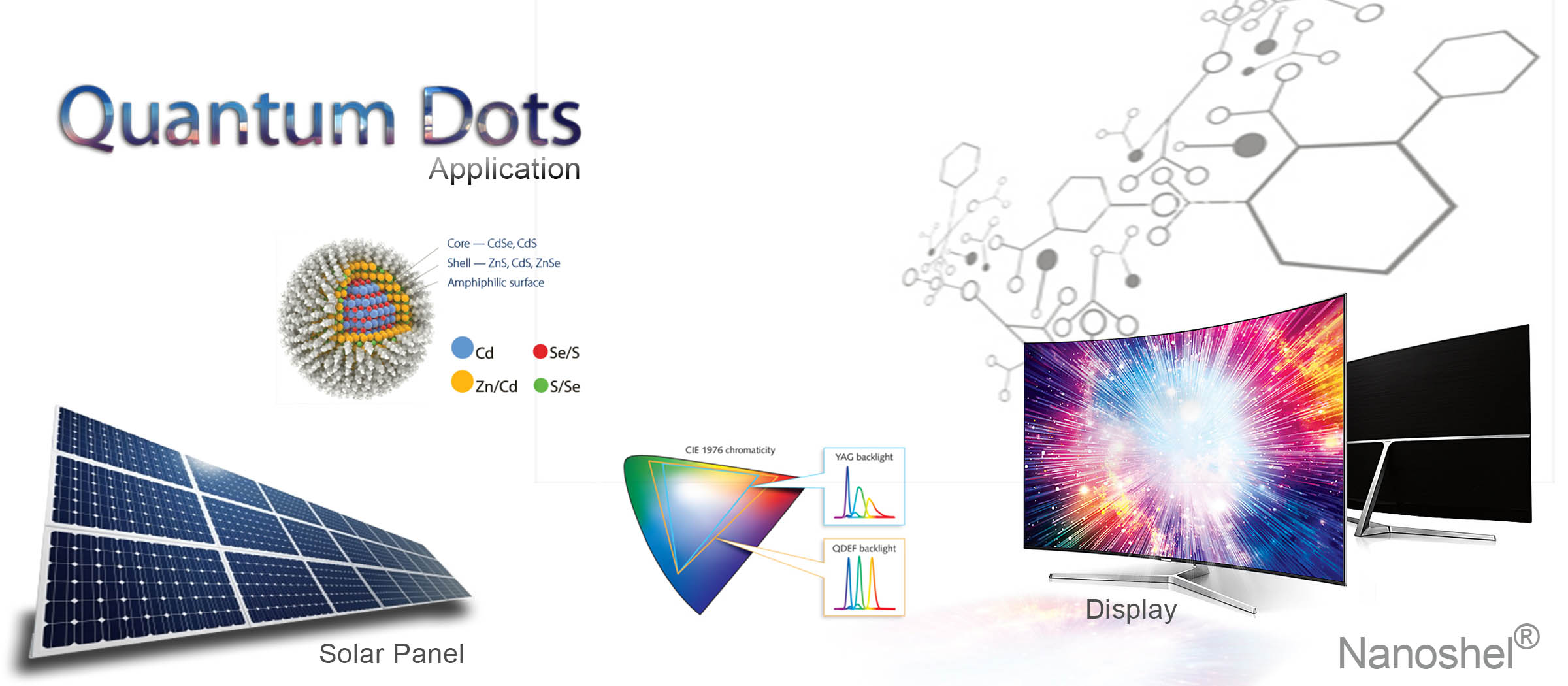Pbs Quantum Dots Sensitized Solar Cell
Lead Sulphide-PEG-COOH Quantum Dots
Pbs Quantum Dots Sensitized Solar Cell
Available Pack Size: 10ml, 25ml, 50ml, 100ml, 250ml, 500ml, 1Ltr & Bulk orders
Lead Sulphide-PEG-COOH Quantum Dots
| Product | Pbs Quantum Dots Sensitized Solar Cell | |
| Stock No. | NS6130-12-000226 | |
| CAS | 1314-87-0 | Confirm |
| Purity | 99.9% | Confirm |
| Emission Peak | 920±50nm | Confirm |
| Surface Group | PEG-COOH | Confirm |
| Solvent | Water | Confirm |
| Application | Bio-Conjugation with Bio-Molecules | Confirm |
| Composition | PbS | Confirm |
| Quality Control | Each Lot of was tested successfully | |
| Main Inspect Verifier | Manager QC | |
Typical Chemical Analysis
| Assay | 99.9% |
| Other Metal | 950ppm |
Expert Reviews
Pbs Quantum Dots Sensitized Solar Cell

Contact Us
From us, you can easily purchase Silver Nano particles as a new generation of Antimicrobials (Ag, Purity: 99.9%, APS: 50–80 nm, Metal basis) at great prices. Place an online order and we will dispatch your order through DHL, FedEx, UPS. You can also request a quote by mailing us at sales@nanoshel.com. We invite you to contact us for further information about our company and our capabilities. At Nanoshel, we look forward to your suggestions and feedback.
Email Us:
sales@nanoshel.comcmg@nanoshel.com
🔆
Follow Us:
Direct Call Us:
USA – Sales/Research
+1 646 470 4911
+1 646 470 4911
UK – Sales/Research
+44 1782 454 144
+44 1782 454 144
Ireland – Sales/Research
+354 71 985 3714
+354 71 985 3714
India – Sales/Research
+91-9779550077
+91-9779238252
+91-9779550077
+91-9779238252
Note:
*Exchanges of materials/products are not permitted. Nanoshel does not offer refunds.
*US Dollar Cheques Not Accepted, Only Bank TT/Credit Cards Accepted
*Exchanges of materials/products are not permitted. Nanoshel does not offer refunds.
*US Dollar Cheques Not Accepted, Only Bank TT/Credit Cards Accepted
